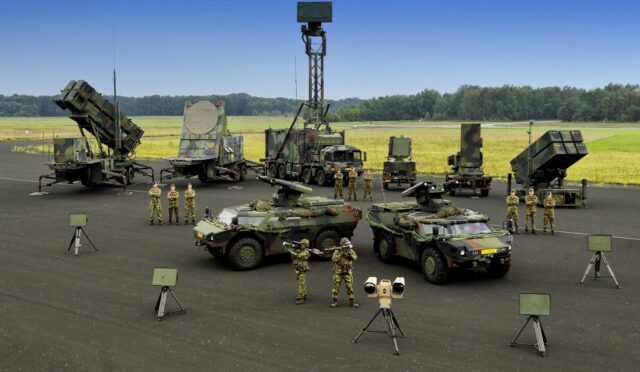Klein Marine Enhances Navigation with Exail’s Octans Nano
Klein Marine Systems has opted for Exail’s Octans Nano OEM Attitude and Heading Reference System (AHRS) as its standard navigation solution for the highly-regarded 5900 Side Scan Sonar (SSS). This strategic integration aims to improve navigation accuracy and the overall quality of data collected during seabed mapping activities essential for defense, security, and commercial purposes.
Ted Curley, General Manager of Klein Marine Systems, emphasized the significance of this advanced motion compensation technology, stating it effectively reduces data errors. As a result, this enhancement provides clearer and more reliable imagery crucial for executing critical missions.
Transforming Seabed Mapping Efficiency
The collaboration between Exail and Klein Marine Systems is set to transform the standards of accuracy and efficiency in seabed mapping and underwater exploration on a global scale. Improving positioning accuracy and image stability minimizes the need for extensive post-processing of data, streamlining the overall workflow.
Exail’s commitment to quality is evident in its Octans Nano OEM AHRS, which offers reliable orientation features by assessing a platform’s heading alongside forward-backward and side-to-side tilt. These capabilities are particularly beneficial for sonar imaging and navigation systems, especially in underwater platforms requiring precise orientation data during prolonged missions.
Features of the Klein 5900 Side Scan Sonar
The Klein 5900 SSS is engineered for high-resolution seabed imaging, making it indispensable for missions including geophysical surveys, wreck location, and unexploded ordnance detection. Its design incorporates advanced automatic target recognition capabilities powered by Spectral artificial intelligence software, enabling real-time object detection and classification.
This sophisticated system can produce detailed images at impressive survey speeds of up to 12 knots (approximately 13.8 miles or 22.2 kilometers per hour), ensuring efficiency and effectiveness during critical underwater operations.







